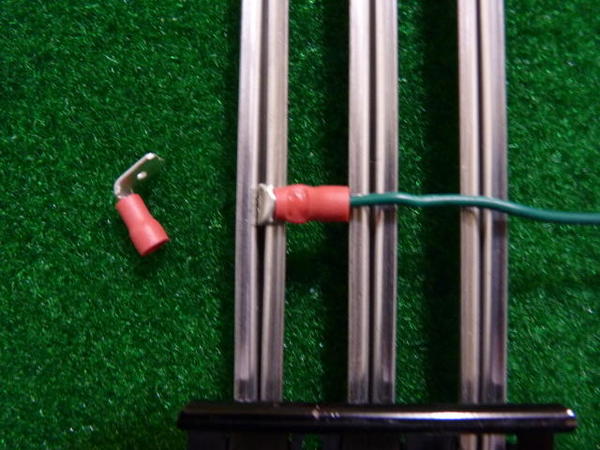I'm at a loss as to why soldering is considered such a problem. It's a very quick way of making solid and reliable connections. * below
Not soldering isn't all that bad on a personal layout really. Not my preference, but researching after a similar post, reminded me pressure is a real key to a good connection. Soldering has its place near the top through its area 1st, and cure pressure (shrinks slightly) secondly, and it should be a consideration.
* I think most folks shy from soldering due to results from not cleaning, and/or not using the right flux, or solder (plumbing stuff is very different).
Heat issues (low or high) or a metal that isn't the right type, or is "contaminated" by chance or design, is runner up..
Tinning helps the problem jobs. I can't tell you how much swearing I've done, only to turn to tinning, and then found myself being done two minutes later.
Feed the solder to the joint, not the iron (though a tad helps initial heat transfer)
It's not a hard skill, but it is a skill dependent on prep and the right tools and materials. Wiring is the best place to learn IMO. Worth it to be able to do some more in depth repair more confidently too.
I have 4 black terminal blocks, two Euros, two fused blocks, and two ground block terminals on a 4.5x10. I also solder on most wire to wire, or wire to connector connections, to prevent pull-out when the dogs play their game of "my cave". The terminal strips make for quick repair or rewire with screwdrivers and some pliers/strippers. A super time saver, so money is well spent.
Those with issues of wires pulling out of crimps, this is where solder use shines brightly. Nothing says you cant do both either
"Cold solder joints"- You cant even see them most often. Carbon from arcing builds in a micro crack, cracks it further as it grows till a barrier is formed. Problem driving you nuts? Hit the joints with the iron again (* The "what did you do on your layout today" post, will have an example shortly )
)
You be real surprised how many high dollar electronics I've picked up curbside then hit all the board joints with an iron (no solder added) then sold, or shelved for personal use. Thanks for all those $500 stereo's folks
Thanks for all those $500 stereo's folks
![]()








